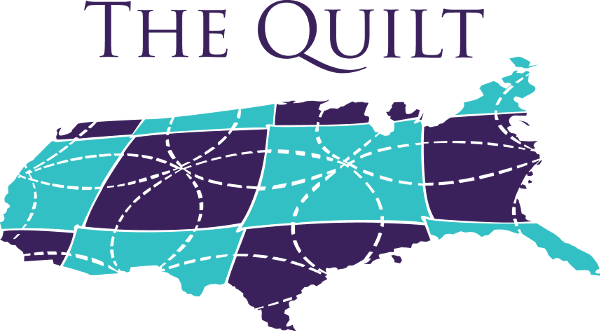Coronaviruses are a large group of viruses that can infect both humans and animals and may cause respiratory symptoms. In 2003, the SARS CoV (coronavirus), a member of this group, caused a severe acute respiratory disease syndrome (SARS) outbreak. Recently, another previously unknown coronavirus, named SARS-CoV-2, was discovered to be the cause of the outbreak of the COVID-19 disease. Since its first appearance in 2019, it has spread throughout the entire world, infecting more than 100 million people and killing more than 2 million.
The research group of Dr. Wu Xu, Professor at the Department of Chemistry at University of Louisiana at Lafayette, is performing studies to test hypotheses on how coronaviruses transmit amongst hosts and how certain drugs can inhibit the transmission. Dr. Xu has extensive experiences studying the mechanisms by which signal transduction pathways and gene regulation control cell growth, proliferation, differentiation, death, and disease. Currently, he and his research group are using computer simulations to learn how the structure of the virus allows its RNA to escape from the endosome to spread further and how drugs such as hydroxychloroquine can interrupt it by inhibiting the production of a key protease molecule, the findings of which will provide critical knowledge on 3-D protein structure for the pharmaceutical industries to accelerate coronavirus drug development.
For such studies, the computational demands are very high – Dr. Xu estimated it would take more than 250,000 CPU-core-hours, equivalent to more than three years of compute time on an 8-core desktop. This is why, Dr. Xu said, leveraging LONI (Louisiana Optical Network Infrastructure) computing resources, especially the QB2 and QB3 high-performance computing (HPC) clusters, is essential for his research as it greatly accelerates the computation and allows a timely contribution to be made to the fight to defeat COVID-19.
In a separate study, a group of Louisiana State University researchers led by Dr. Ka-ming Tam, research assistant professor at the LSU Department of Physics & Astronomy, compiled data from the most heavily affected U.S. states and calculated the change in the infection rate before and after social distance measures were imposed. Using LONI HPC resources, they were able to show a clear drop in infection rates following public policy measures such as social distancing and stay-at-home orders. The group is currently working on another COVID-19 related project aimed to find out how the fatalities caused by COVID-19 have been affected by the reopening policies in different states, which will heavily rely on LONI HPC resources as well.
Dr. Xu and Dr. Tam are among the hundreds of computational science researchers in Louisiana for whom LONI HPC resources are irreplaceable. With the newly-added QB3 cluster, a system with 202 compute nodes that are equipped with the latest Intel Cascade Lake processors, LONI HPC users now have more than 17,000 CPU cores and 2.4 petabytes of storage. In the year of 2020 alone, 167 research projects consumed 55 million CPU-core-hours on LONI HPC clusters.

